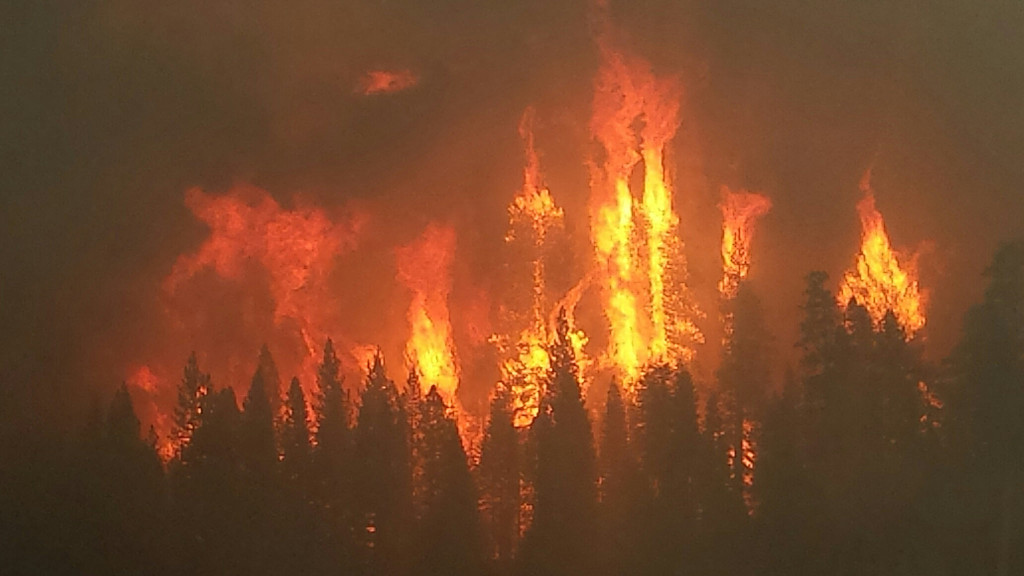
Audio Player
When we talk about climate change, carbon dioxide often takes center stage. Curbing carbon emissions is essential, but we also need to think about other potent greenhouse gases. A molecule of methane has a lifetime of about 10 years in earth’s atmosphere, where it is 25 times more potent as a heat trapping gas.
Like carbon dioxide, some methane occurs naturally in earth’s atmosphere. Sources include the activity of microbes that live in wetlands, as well as forest fires and termites. Another form of methane, known as natural gas, is produced deep within the earth.
Before the Industrial Revolution, natural sources of methane must have been in close balance with processes that destroy methane in the atmosphere, because atmospheric concentrations were relatively constant, at about 650 parts per billion.
Through waste, agriculture, and fossil fuel extraction, we’ve managed to double emissions of atmospheric methane – and this number continues to rise. Some methane emissions, like seepage from landfills and gas wells, can be managed. Other sources, such as methane from cows, remain difficult to capture.
Rising methane is a cause for alarm among climate scientists, but also represents an opportunity to design effective measures against global warming. Any process that can remove methane from the atmosphere, or curtail its emissions, will be 25X more effective than attempts to do the same for carbon dioxide.
This is why the Environmental Protection Agency has focused attention on reducing methane loss from oil and gas production. Other promising avenues include increasing methane-capture installations at landfills and managing the cultivation and flooding of rice fields to reduce methane emissions.
**********
—This segment was adapted from an essay by Dr. William H. Schlesinger. You can read the original piece on his blog Citizen Scientist.
.
Web Links
Photo, posted October 1, 2014, courtesy of USFS Region 5 via Flickr.
.
Earth Wise is a production of WAMC Northeast Public Radio, with script contribution from the Cary Institute of Ecosystem Studies.